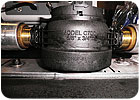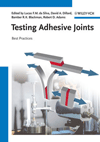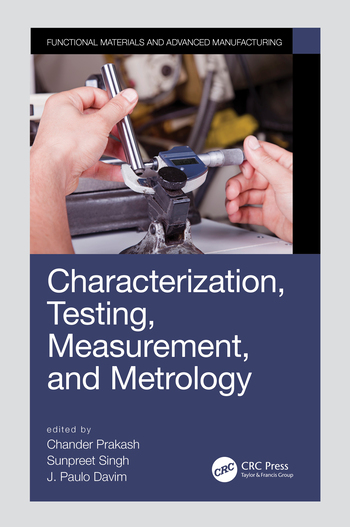
An air pressure decay tester tests each Elster Amco water meter in just 22.5 seconds. Photo courtesy Uson LP
The need for clean water worldwide has become much more important in light of increasing water scarcity and extreme weather occurrences. These realities, combined with the ongoing desire to improve product quality and production efficiency, have led Elster to augment the 300-psi hydraulic testing it has always done on its water meters.
Hydraulic testing ensures that the meters meet American Water Works Association standards, and it prevents catastrophic failures of the meters’ pressure seals. However, the procedure takes 3.5 minutes to test two meters at a time.
Elster Amco Water is part of the Elster group. In 2010, Alan W. Kieler, senior manufacturing engineer with Elster Amco Water, began researching ways to use dry air testing for leaks to augment hydraulic testing. First, Kieler established the relationship between hydraulic test pressure and pneumatic pressure in the meters. Then he had Rudolph Fuentes, industrial leak testing specialist for Uson LP, perform viability testing on the meters with Uson’s air pressure decay tester.
Air pressure decay testing is much shorter than hydraulic testing, says Kieler. A Uson tester tests each water meter in just 22.5 seconds, with some of the larger volume units requiring a tenth of a second or so more for the ‘fill’ stage of the test cycle.
In addition, the decay tester ensures that leaks are below 0.05 cubic centimeter. Such tiny leaks give the company confidence that none of the 6,000 meters they make daily will leak over time, even in environmentally challenging situations.
“We estimate that our cost avoidance is as high as 10 percent,” says Kieler. “Not only because units do not fail in the field, but also because we are able to take defective units off the assembly line.”
Doing so cuts production costs an estimated five percent, says Kieler. He also says testing each of the company’s meters hydrostatically would cost 80 percent more and lessen accuracy, as this process only recognizes leaks larger than 0.05 cubic centimeter.
Another benefit of the tester is its ability to identify each meter being tested through a bar code scan. Line workers scan the meter’s bar code and then check their workstation computer screen to see if the unit has passed or failed a test. Kieler says the tester is also versatile enough to perform different tests for meters of different sizes and varying internal volumes.
Initially Elster Amco installed a tester on one assembly line. But, because they recouped their investment costs in less than six months, the company installed a tester on a second line. Overall, Kieler says the company has reaped a return more than three times the price of the testers.
For more information on leak detection equipment, call 281-671-2000 or visit www.uson.com.


